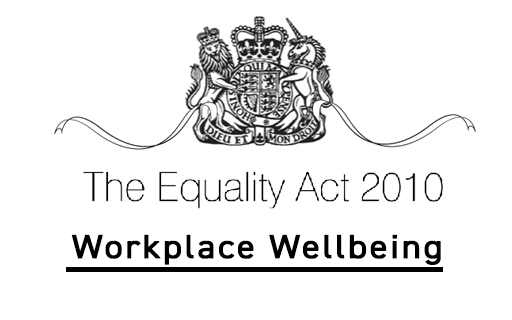Personality clashes happen all the time, especially in the workplace. Perhaps it’s the person who brings in microwaved fish, go-getters, procrastinators or the too-much-information weekday weekenders. These clashes are unavoidable in the workplace. As a manager, you have the responsibility to keep the glue held together and navigate around this minefield in a human and approachable way.
While these attitudes don’t sound much, usually there is much deep below the surface that you can’t perceive. When it does get all too much, then the worst happens. Sickness, stress and lost working days. Statistics provided by the Health and Safety at work watchdog summarised over 15.4 million working days were lost due to work-related stress, depression or anxiety.
What’s The Law On Workplace Wellbeing?
Stress, Depression, Anxiety. These all count as mental health symptoms covered under The Equality Act (2010). People with mental health problems are protected from discrimination and forced dismissal; giving employees the entitled right to have adjustments made to their working situation.
Repercussions
Responding incorrectly to your employee’s mental health can bring heavy financial penalties. One worker was unfairly dismissed by a major clothing retailer. By not realising the employees’ mental health, the retailer was found guilty of disability discrimination. For small businesses, court cases could bring the death knell to your company.
Obviously, as a manager, you would rather your employees not suffer from issues and symptoms that could hamper productivity. Resilient team training is a lot less intrusive approach than some unverified methods such as microchipping and helmet sensors to scan workers brainwaves.
Solving Problems With A C.A.L.M.E.R Approach

To support your team, you’ll need to start with understanding the basics. That begins with applying the globally recognised C.A.L.M.E.R framework.
You’ll learn the six stages for dealing with any response.
C.A.L.M.E.R stands for:
Consider
Safety, needs and risks of who you’re dealing with. Your employees are more than just resources; you’ll understand why.
Acknowledge
The situation and how they / you are feeling. For many, the gut reaction comes out first. Not the best idea, and in a heated situation, it’s best to take a step out to understand all sides.
Listen
Actively with empathy. Figure out how to differentiate this from acting out of sympathy, which can be hard to discern. Improving your listening skills will, at the same time, boost your emotional understanding skills.
Manage
The situation as it changes, promoting dignity and respect — a critical step, especially when considering the management of confidentiality, for example.
Enable
By facilitating choice and communication. Empowering your workers with the needs to cope and improve.
Resource
Through information and liaison. Finally building your member back into the resilient team member they’re capable of becoming again.
You will be able to utilise the knowledge gained from this framework in a wide range of workplace dilemmas from coping with stress, mental health, and ultimately leading a resilient team.
Leading A Resilient Team
This course is for leaders, people managers and individuals who may be responsible for dealing with challenging situations in the workplace. This course will help leaders gain an awareness of mental health problems and develop skills for leading a resilient team.
The one-day course will fit your management team with the right skills. Book in one member or the whole team, everyone can benefit from the expertise of our trainers with a class capacity of 6-24 learners. Workplace wellbeing is an essential trait that holds value throughout the running of your entire organisation.
By taking a positive approach to mental wellbeing in the workplace, your organisation can benefit from a stronger team, better reputation and overall success.
It all starts with the right training.
Back


